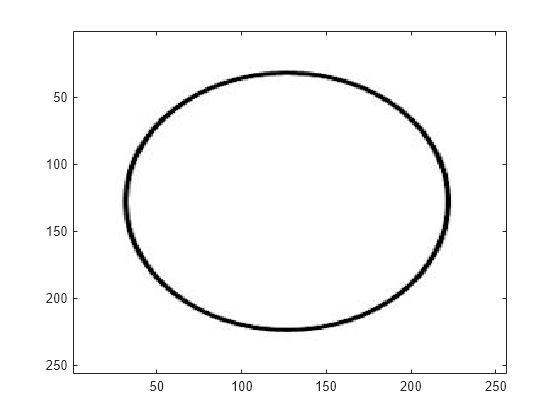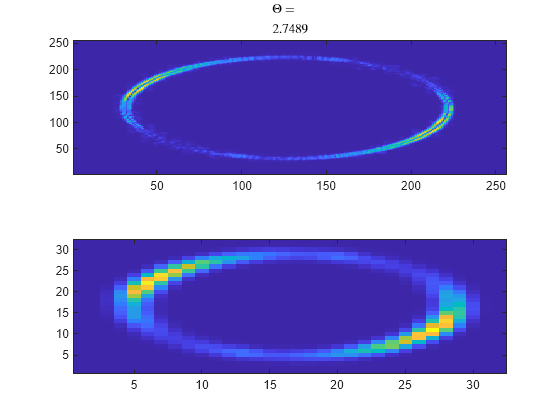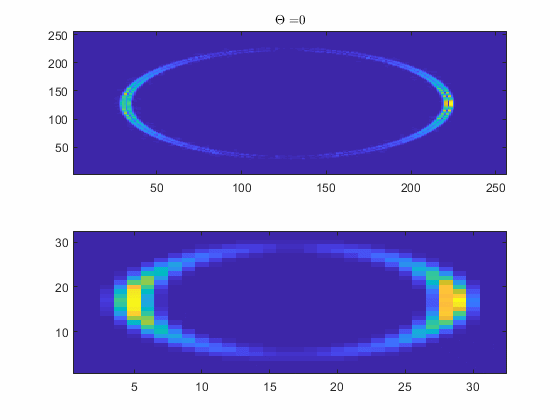scatteringTransform
Wavelet 2-D scattering transform
Description
s = scatteringTransform(sf,im)im for
sf, the image scattering network. im is a
real-valued 2-D matrix or 3-D matrix. If im is 3-D, the size of the
third dimension must equal 3. The row and column sizes of im must match
the ImageSize value of sf. The output
s is a cell array with Nfb+1 elements, where
Nfb is the number of filter banks in the scattering network.
Nfb is equal to the number of elements in the
QualityFactors property of sf. Equivalently, the
number of elements in s is equal to the number of orders in the
scattering network. Each element of s is a MATLAB® table.
[
also returns the wavelet scalogram coefficients for s,u] = scatteringTransform(sf,im)im. The output
u is a cell array with Nfb+1 elements, where
Nfb is the number of filter banks in the scattering network.
Nfb is equal to the number of elements in the
QualityFactors property of sf. Equivalently, the
number of elements in u is equal to the number of orders in the
scattering network. Each element of u is a MATLAB table.
Examples
Input Arguments
Output Arguments
Version History
Introduced in R2019a


